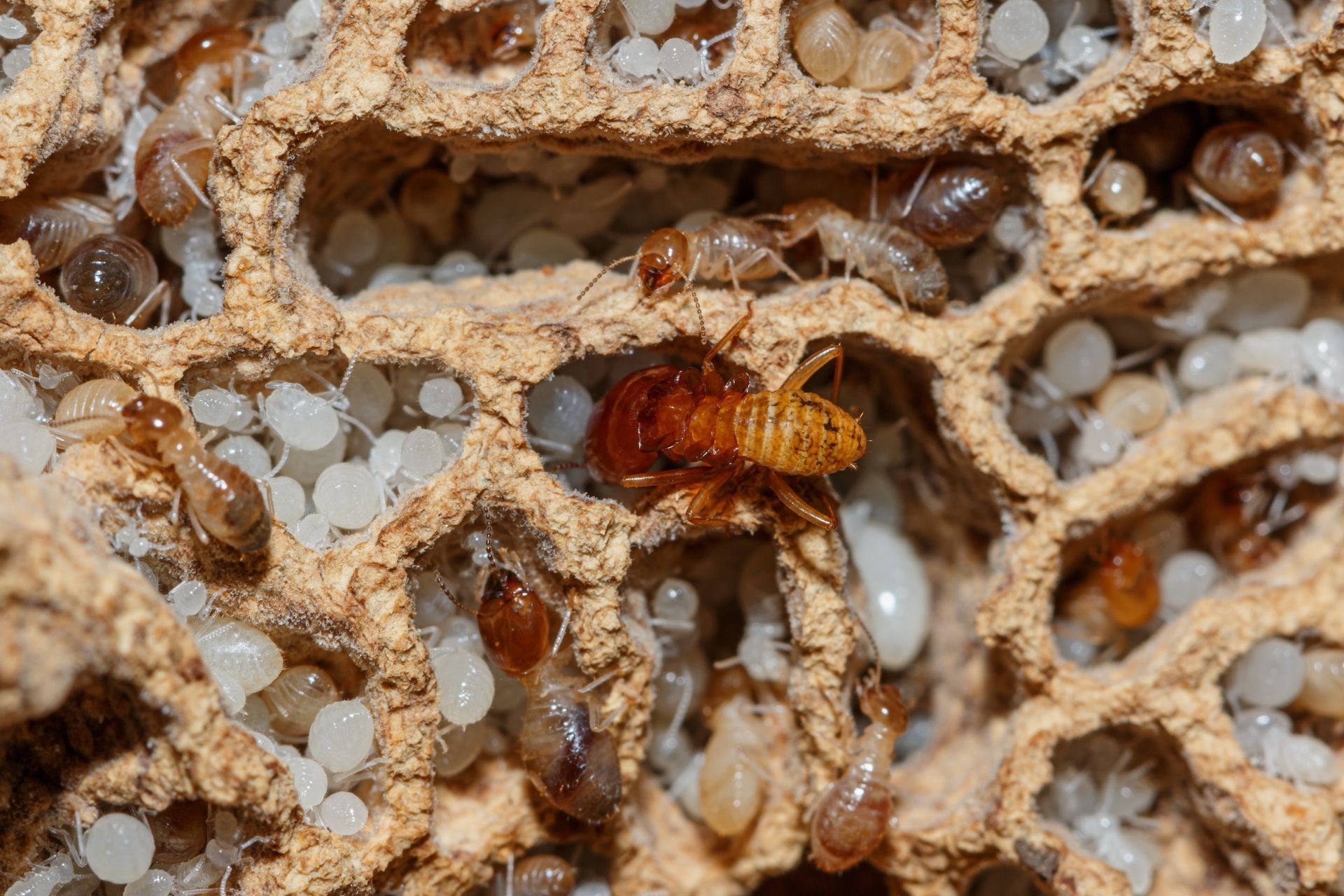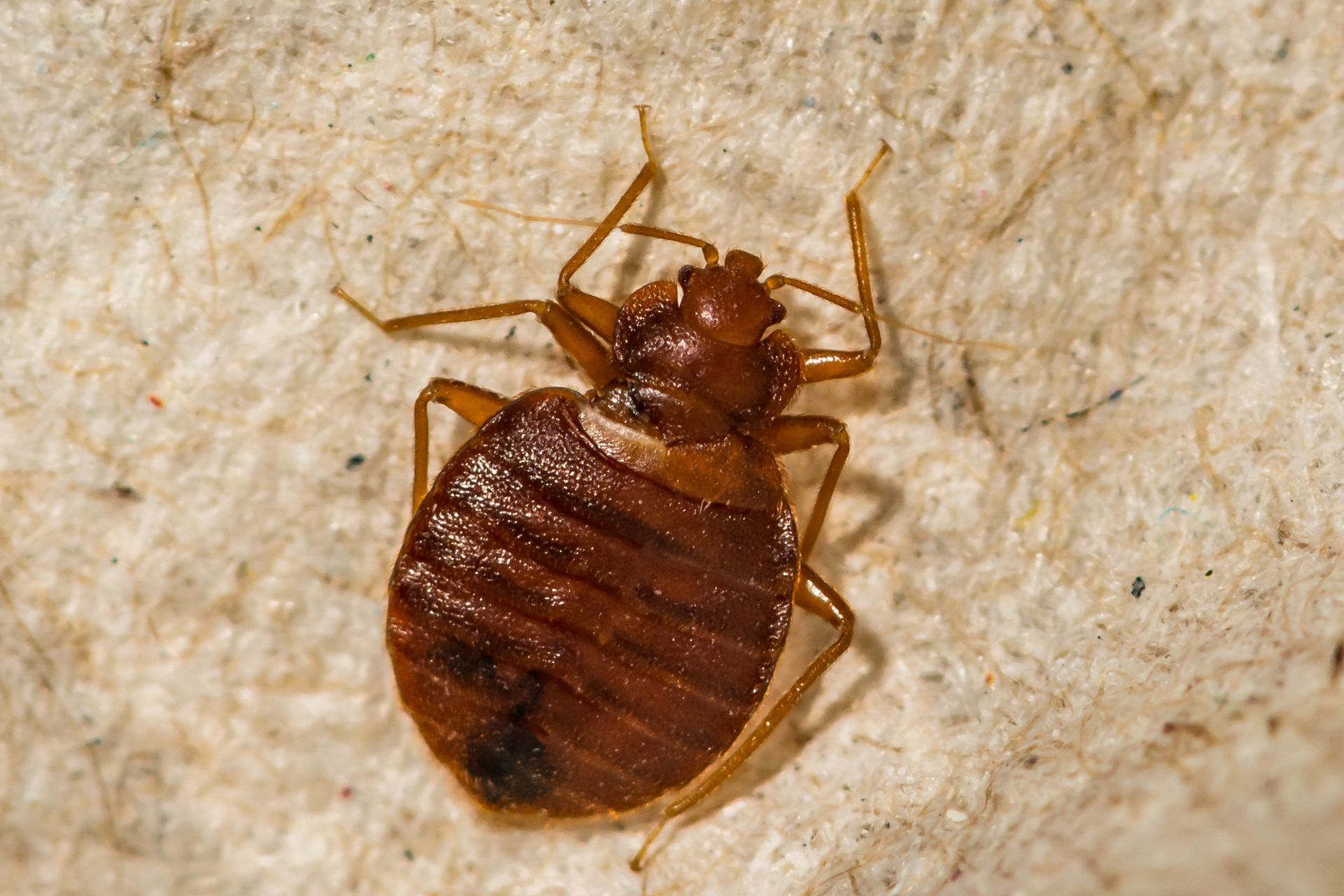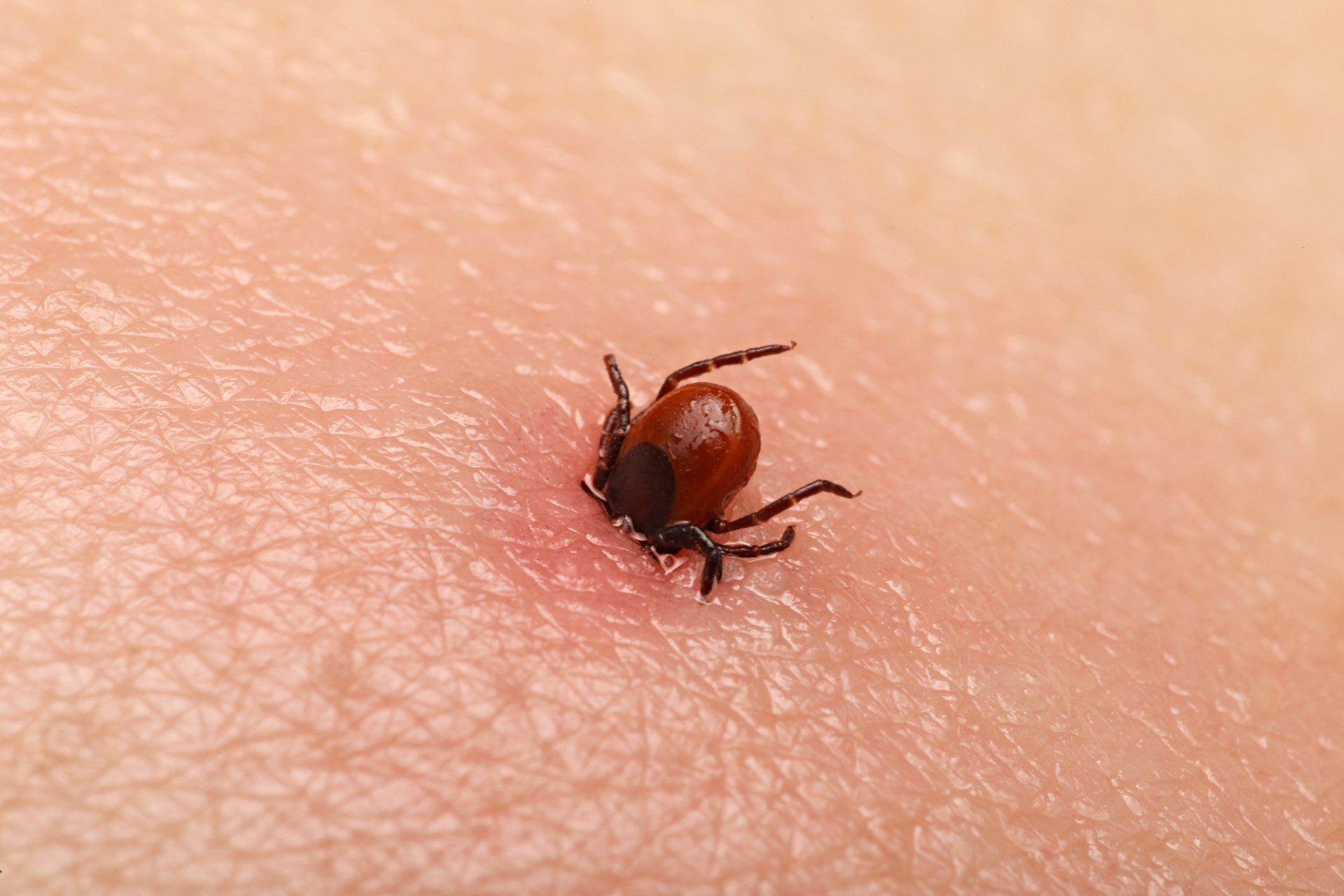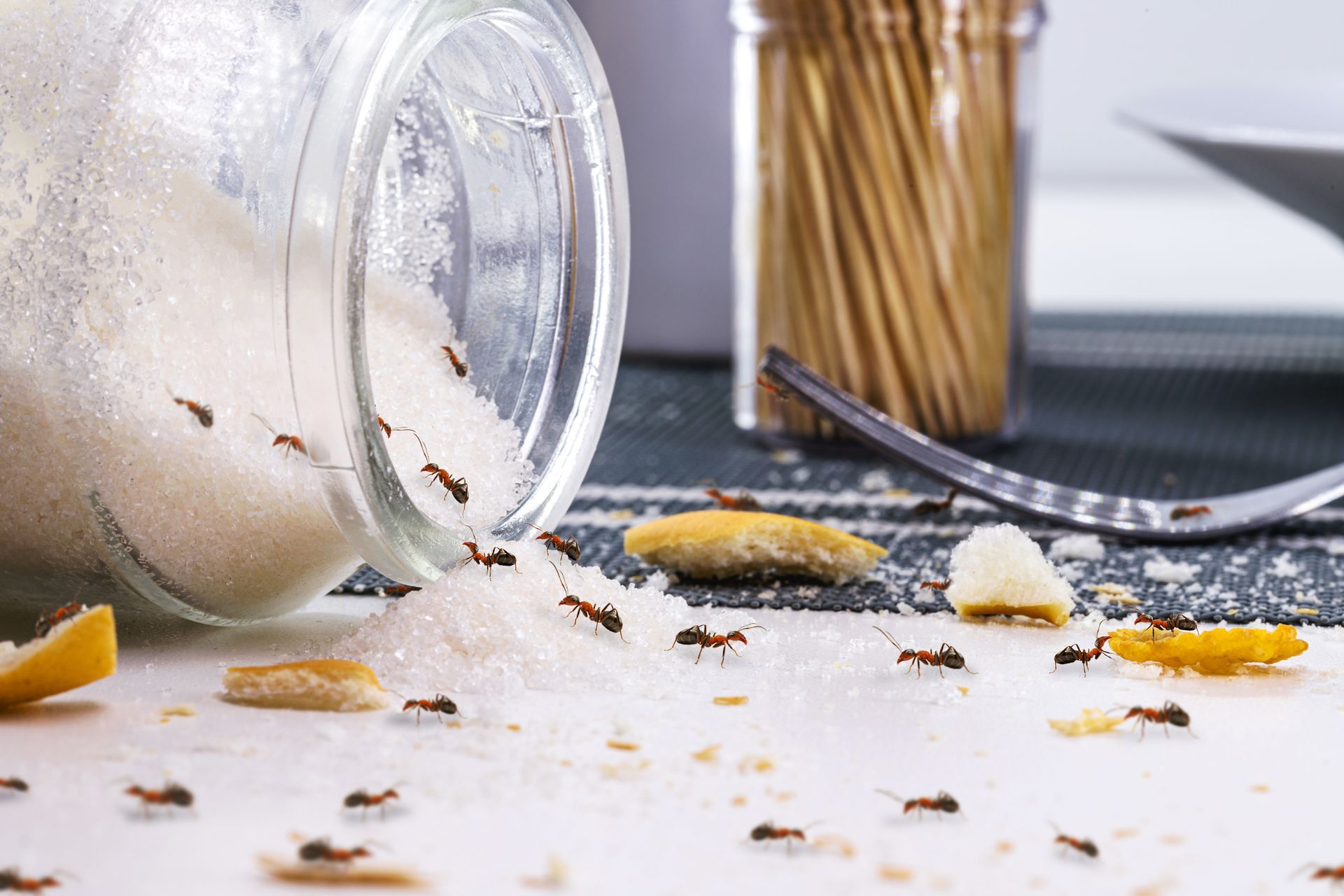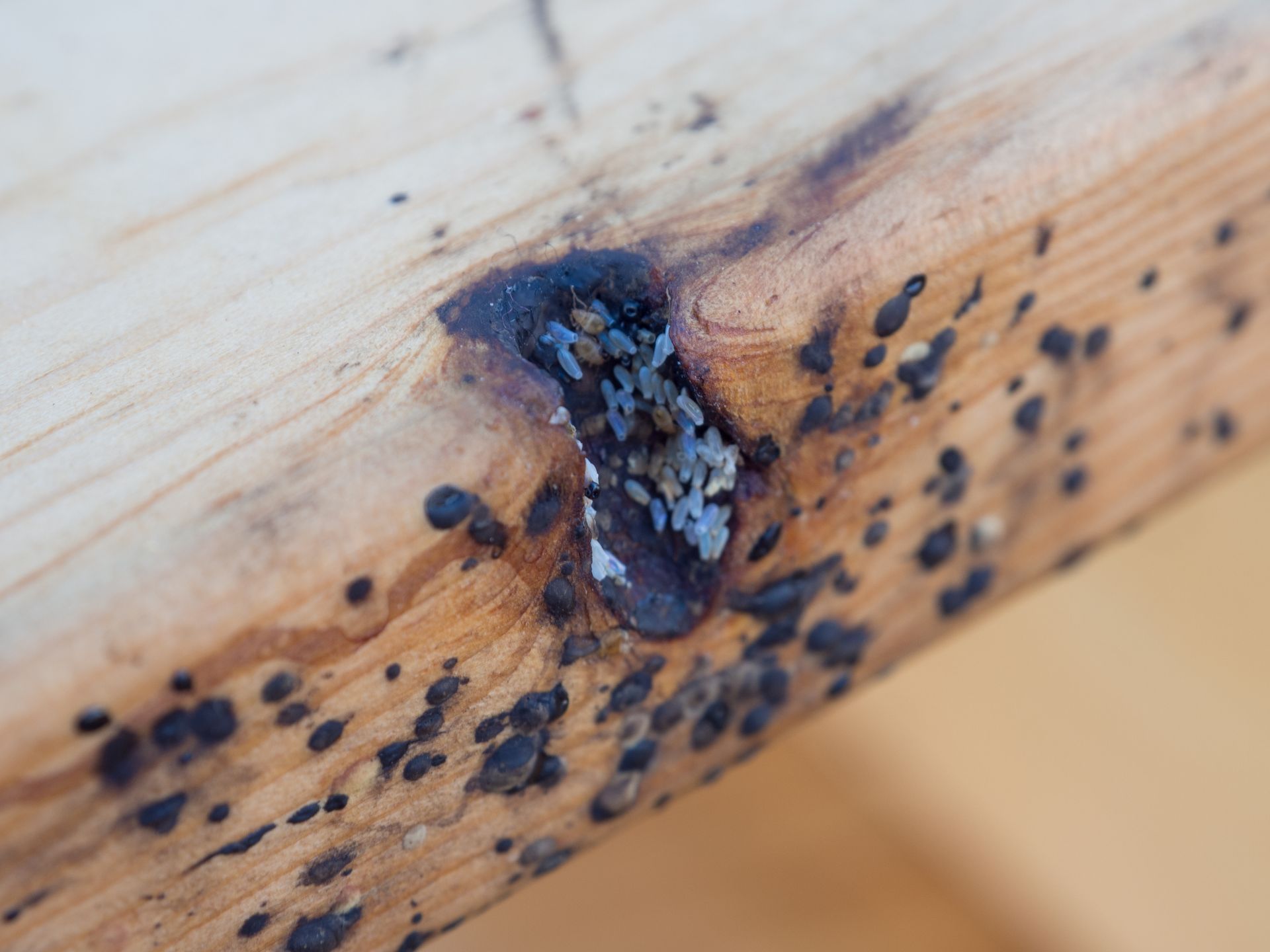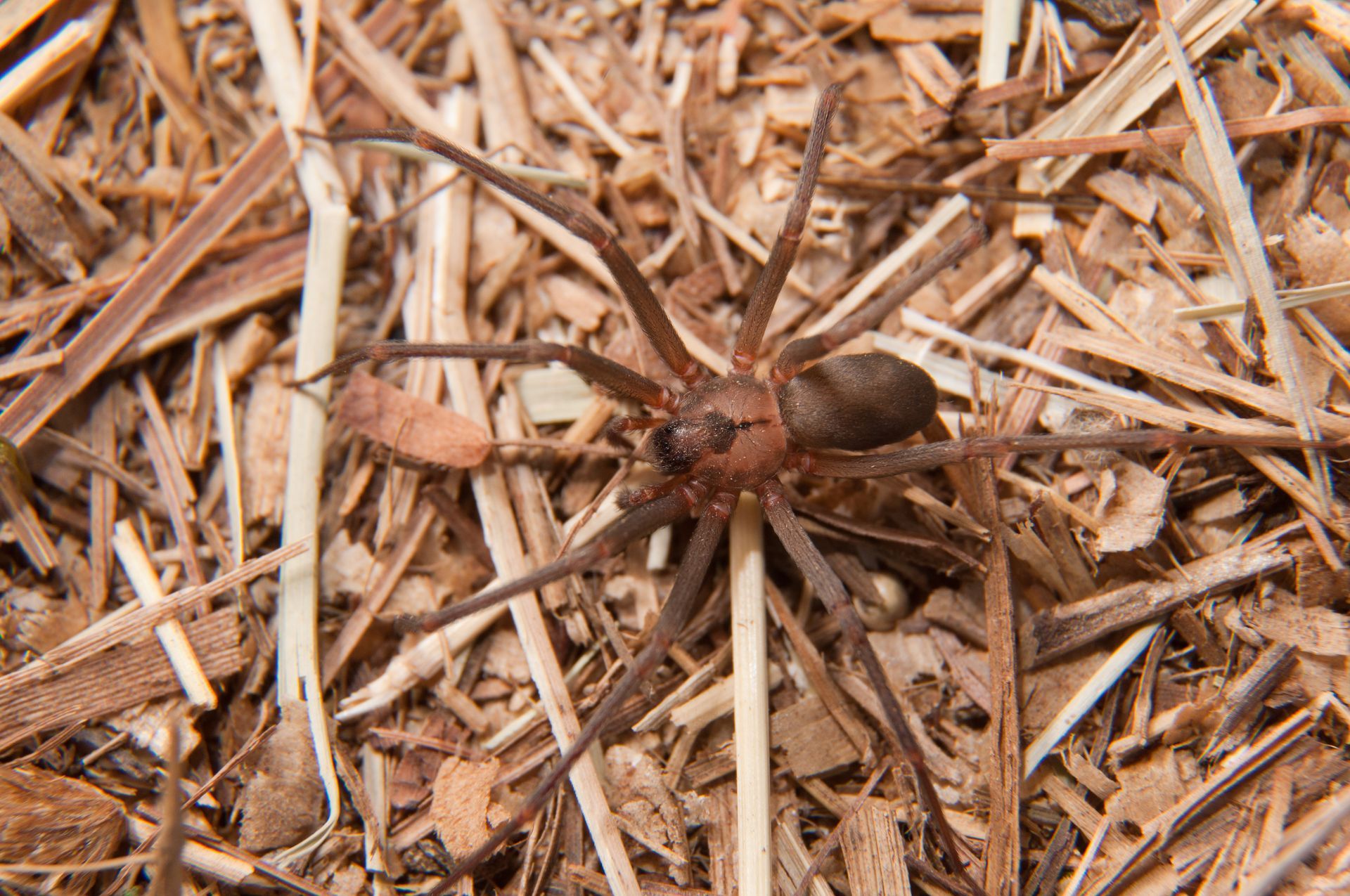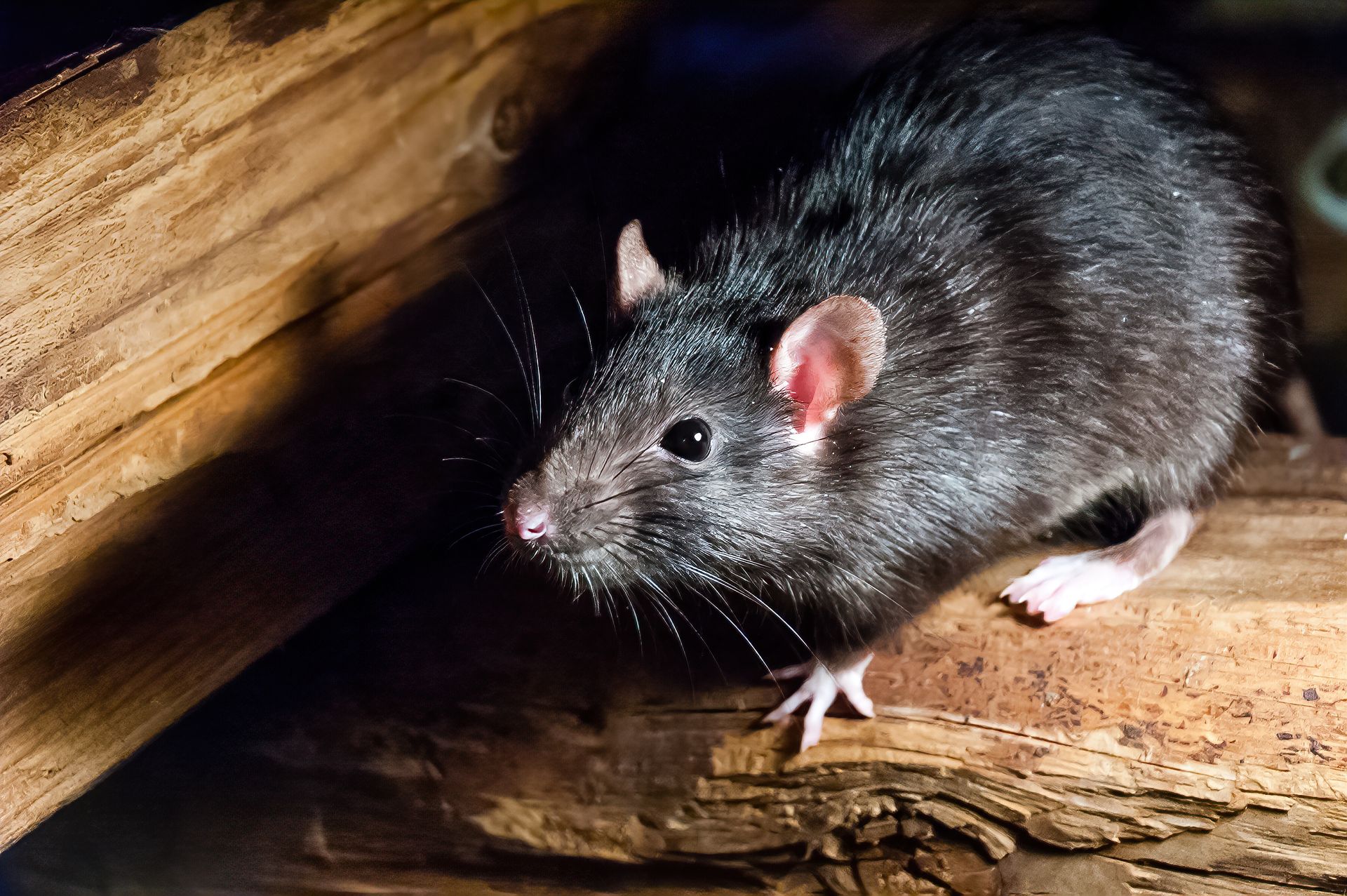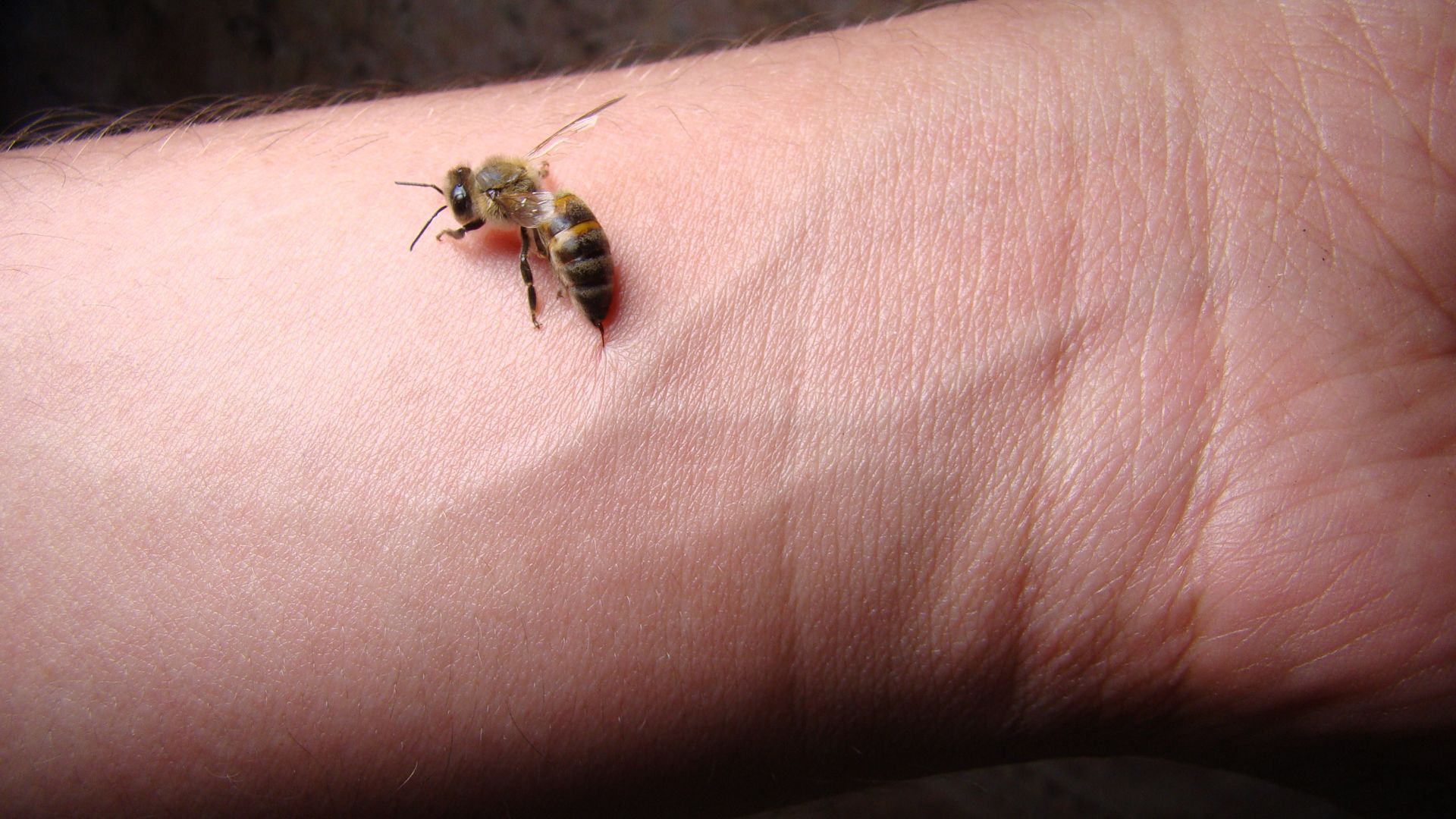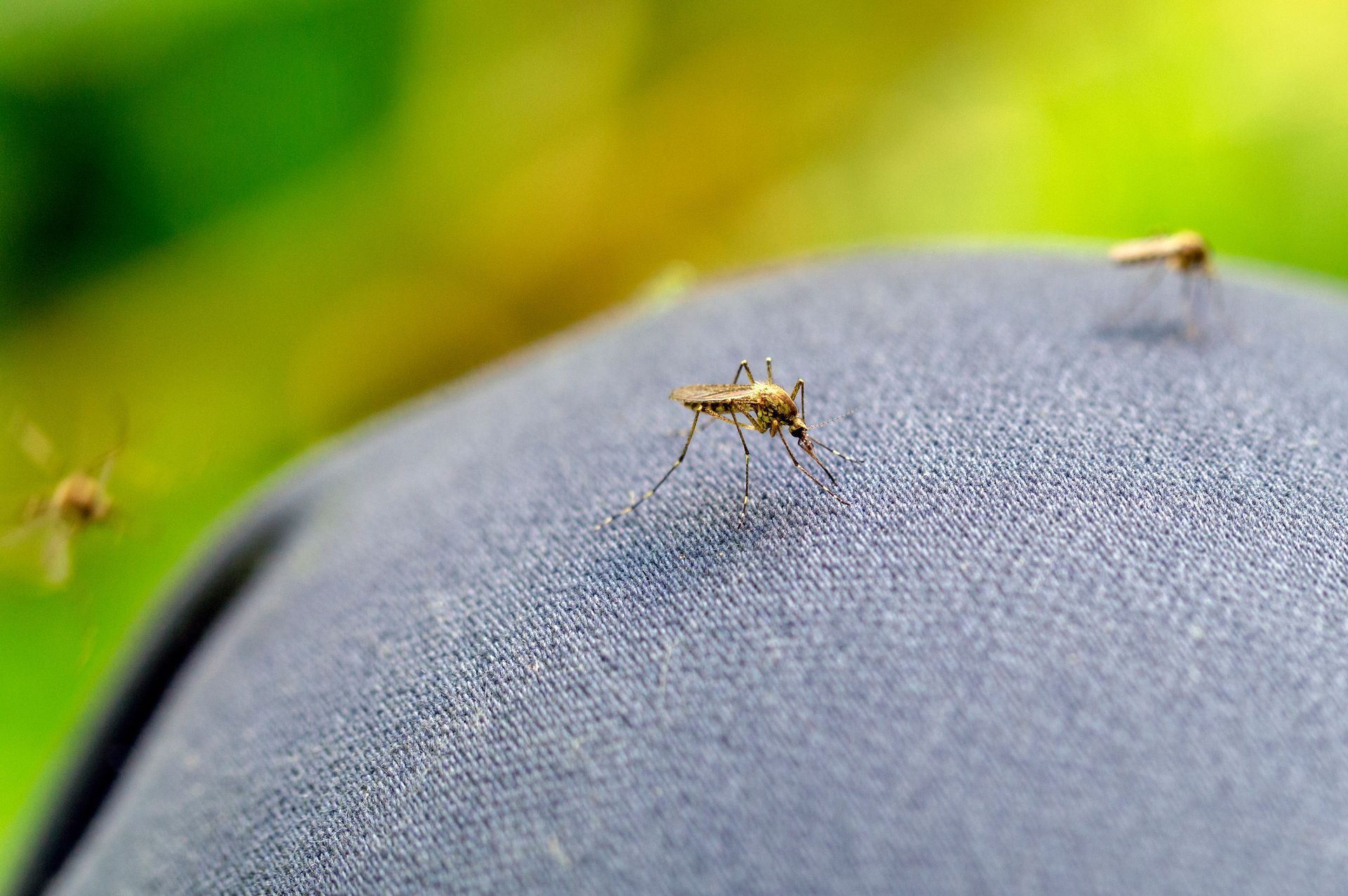Do Crickets Bite Humans?
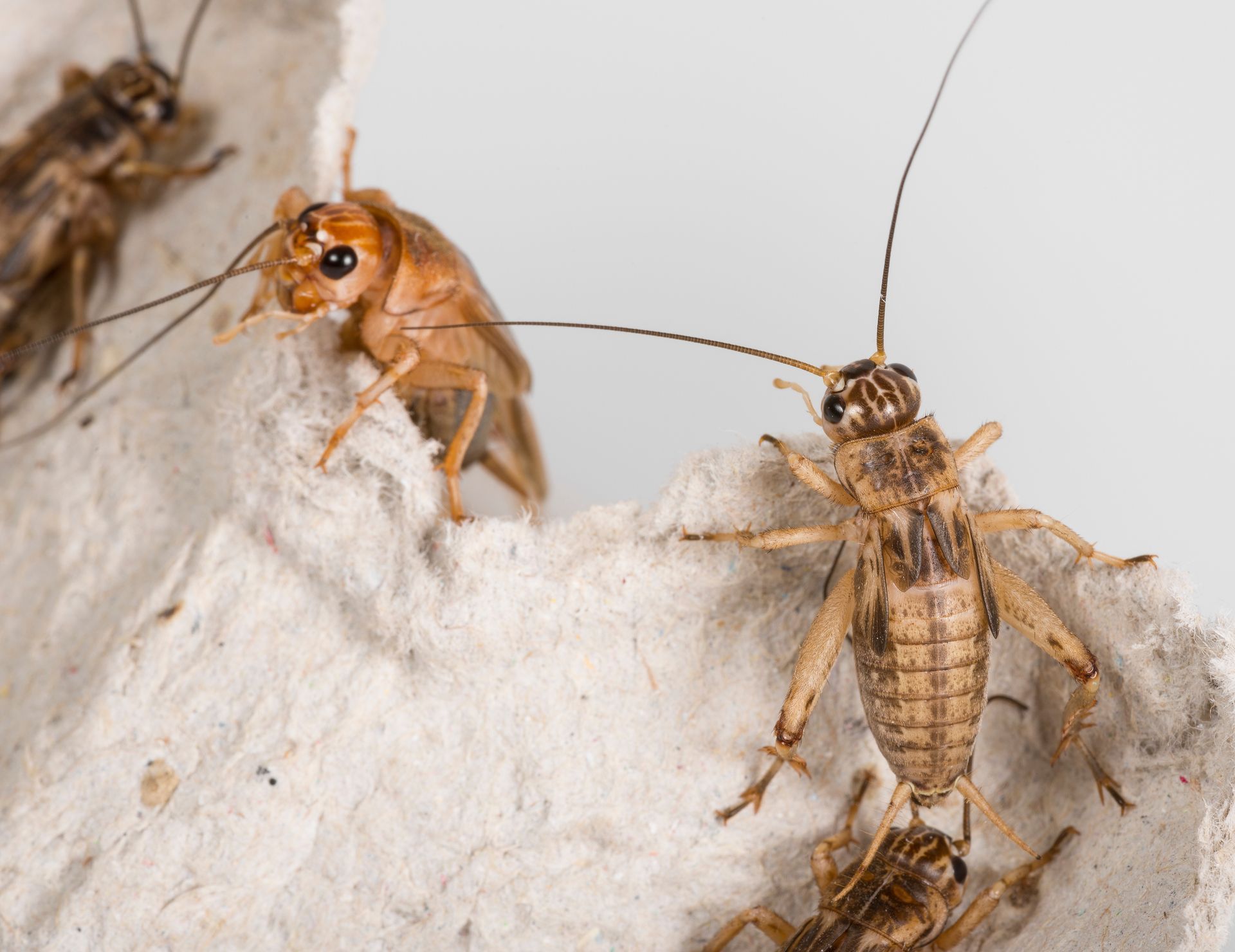
Crickets are omnivorous eaters which raises concerns about their potential to bite humans. While crickets do possess the capability to bite, their jaws are rarely strong enough to puncture human skin. There are certain cricket species that are equipped with multi-purpose jaws that allow them to chew through materials like cardboard, clothes, and other insects but they rarely attempt to bite humans. Nonetheless, it is possible and in the rare instance that a cricket does bite, it might leave a minor irritating mark.
Can Crickets Bite?
Crickets are predominantly known for targeting other soft bodies insects as well as insect pupae and larvae. This is because they are easy to catch and consume. While they technically do have the ability to bite humans, it is extremely rare given humans are more of a threat to crickets than food. If a cricket does bite, there's little cause for concern as their bites are not associated with transmitting any insect borne diseases like mosquitoes or fleas. It's worth noting that while most cricket species have weak jaws that can’t break human skin, there are some exceptions. Jamaican field crickets, black field crickets, crazy red crickets, and house crickets possess larger, more powerful jaws. As a result, bites from these species can be more painful than others.
Do Crickets Have Teeth?
Crickets don't have teeth in the same sense as humans. Instead, they are equipped with mandibles which are protruding appendages located near their mouths. These mandibles look like pincers and serve dual purposes: they chew food and act as a defense mechanism. These mandibles have a sharp serrated edge that is used to pinch down on something and cut through it. Whether it is leaves, soft bodied insects, or plant matter, the mandibles are designed to saw through whatever it is grasping and then move that material towards the cricket’s mouth to be consumed. These structures are powered by seven mandibular muscles which enable them to efficiently slice through sizable leaf portions.
Why Do Crickets Bite?
Crickets don't typically bite humans out of aggression or hunger. Instead, on rare occasions, it's primarily an act of self-defense when they are handled by humans. Their mandibles can pinch the skin but are usually not strong enough to pierce it. Unlike other insects that bite using proboscis or other specialized biting mouthparts, crickets lack the anatomy to bite hard enough to cause much concern.
What Types of Crickets Bite?
Certain cricket species have the capability to bite humans, though such occurrences are infrequent. While crickets are generally considered pests, their primary threat is to plants rather than humans.
Do Black Crickets Bite?
Black crickets are commonly referred to as field crickets and are not known to bite humans. Their jaws are relatively weak which renders them incapable of piercing human skin even if they tried to. They are predominantly outdoor dwellers that feed on small insects, leaves, and grass. Given their dietary preferences and natural habitat, there's minimal interaction with humans where there would be a need for these crickets to bite people.
Do House Crickets Bite?
House crickets are characterized by their light brown or yellow hue and are not typically known to bite humans. While they prefer to consume dead leaves, old fruits, and vegetables, they can also chew on household items like upholstered furniture, clothes, and bedding if they find their way indoors. These crickets won’t even bite in an act of self-defense. When startled they would rather jump away from the threat.
While the potential for house crickets to bite is extremely small, the primary concern lies in the diseases and parasites they might harbor. Like many other insects that infest houses, they can carry harmful bacteria like E. coli and salmonella and certain parasites that can be present in their feces. If these crickets come into contact with food, there's a risk of bacterial or parasitic contamination which can lead to health issues.
Do Camel Crickets Bite?
Camel crickets are also often called “cave crickets” and “spider crickets.” They are distinguishable by their light brown color with dark bands on their legs and their spotted abdomens. These insects are unique to other crickets in 2 ways. They have no mandibles, which renders them incapable of biting humans and they do not chirp. While they pose no direct harm to people, they can damage linens, garments, and bedding if they find their way indoors. This can be problematic because these crickets will often make their way to dark secluded areas like closets and garages where they will find an abundance of stored items that they can feed on for long periods before they are noticed.
Do Jerusalem Crickets Bite?
Jerusalem crickets are also known as “potato bugs” and are characterized by their sizable stature, prominent head, and extremely large mandibles. While their appearance might be perceived as menacing, Jerusalem crickets are not aggressive or venomous. However, they can and will bite if they feel threatened which can result in a mildly painful bite because they have very strong mandibles. This occurrence is rare though because Jerusalem crickets primarily live underground and feed on roots, tubers, and grubs. The only time they surface is to mate in spring and after heavy rainfall.
What Do Cricket Bites Look Like?
Cricket bites are rare but when they occur, they can manifest as a minor reddened area at the site of the bite. Most of the time, these bites will go undetected unless complications arise. If the bite site becomes notably inflamed or experiences heightened soreness, it could indicate an infection or possible allergic reaction. In these cases, it's important to monitor the bite and seek medical attention if the symptoms persist or worsen.
Do Cricket Bites Hurt?
Cricket bites can cause discomfort to mild pain depending on the cricket species and location of its bite. The bites have been described as similar to a pinch which is momentarily surprising but passes quickly. Given the size and behavior of crickets, it's unexpected that they can produce any pain at all. However, it's reassuring that the pain from a cricket bite is minimal and subsides rapidly without leaving any lasting effects.
Are Crickets Harmful?
Crickets are not inherently harmful to humans. While some may deliver more noticeable bites than others, the risk of a cricket bite leading to severe health complications is minimal. However, it's essential to address any bite promptly to prevent potential infections. The primary concern with crickets is related more to property and crop damage. Despite their potential to be annoying, crickets are not aggressive or dangerous creatures. Unless faced with a significant infestation, there's little reason for alarm when dealing with crickets.
Do Crickets Carry and Spread Diseases?
Crickets can be carriers of diseases and parasites which can then spread to humans through contamination of their food. There are other avenues through which crickets can potentially transmit diseases to humans as well. Direct contact with cricket feces can lead to the transmission of parasites or viral infections. Crickets that possess the capability to bite can introduce diseases through their mouthparts. Among the diseases crickets are known to spread, E. Coli and salmonella are the most prevalent. Symptoms of these illnesses include fever, stomach cramps, diarrhea, and vomiting. If symptoms present themselves after getting bitten by a cricket, be sure to inform medical professionals to ensure accurate diagnosis and treatment.
What Other Damages Do Crickets Cause?
Crickets generally do not pose a significant health threat to humans, but they can cause various other nuisances and damage. One of the most recognizable disturbances is their persistent chirping, which can disrupt sleep and overall peace if crickets find their way indoors. Beyond the noise, crickets are known to chew on fabrics. They exhibit a particular fondness for fibers like silk and wool. Their mandibles can tug at fibers from carpets and various fabrics which can lead to fraying and holes. Over time, if crickets inhabit a home unchecked, they can cause considerable damage to high-quality clothing, bedding, and other fabric-based items.
What to Do if a Cricket Bites You?
If bitten by a cricket, it's essential to prioritize cleanliness to minimize the risk of potential infections. Begin by cleaning the bite area thoroughly using antibacterial soap. After washing, apply an antibiotic ointment, such as one containing bacitracin, to the affected area. This will help in preventing any bacterial infections. While complications from cricket bites are rare, it's advisable to monitor the bite site as it heals. Be vigilant for signs like the development of a rash around the bite. If you notice any rash or experience symptoms like fatigue, fever, body aches, or other flu-like indications, especially in conjunction with skin reactions, it's recommended to seek medical attention. Taking these precautionary steps ensures that any potential risks associated with a cricket bite are effectively mitigated.
Do Crickets Have Other Defense Mechanisms Like Stingers?
Crickets do not possess stingers. If one experiences a stinging sensation from an insect wound, it's unlikely that a cricket is responsible. A common source of confusion arises from the cricket's ovipositor, an elongated organ found in female crickets. This organ is equipped with three appendages and is utilized by female crickets to lay their eggs. Due to its appearance, the ovipositor can sometimes be mistaken for a stinger even though it is not a defense mechanism.
How to Get Rid of Crickets
Dealing with a cricket infestation requires a combination of immediate action and preventive measures. If you encounter an individual cricket inside your home, you can usually just catch and remove it. Just patiently wait until you spot or hear the cricket, then trap it using a cup and a piece of paper. Once trapped, release the cricket outside. It’s important to approach the cricket cautiously to avoid startling it otherwise it will just jump away.
For more extensive infestations, professional intervention is recommended. Expert cricket exterminators can set up specialized glue traps and utilize targeted residual pesticides to address the cricket problem. They can also implement preventative measures to help deter cricket activity. Taking steps like ensuring proper ventilation in areas like basements, crawl spaces, storage rooms, and kitchens will keep these areas dry and deter crickets that prefer damp and humid spaces. Maintaining a well-groomed yard by regularly mowing the lawn and keeping gardens free of weeds can also significantly reduce the appeal for crickets which will help prevent potential infestations.
Contact EcoGuard if You are Dealing with Crickets
If you find yourself hearing the annoying chirps of crickets or simply want to take preventive measures to ensure these chirping visitors stay at bay, don't hesitate to reach out to the experts at EcoGuard Pest Management. Our team has years of experience dealing with these pests and we know how to get rid of them quickly and effectively. Our commitment to using eco-friendly solutions ensures that your home stays safe while also guaranteeing your cricket problem will be resolved. Remember, a proactive approach can save you time, money, and peace of mind in the long run. Let EcoGuard Pest Management be your trusted partner in maintaining a cricket-free environment. Contact us today!
Cricket Bite FAQs
-
Do house crickets bite humans?
House crickets can bite humans, but it is rare. While they have the capability to bite, they have little motivation to do so. If they do bite, it's usually not harmful but it's still good to clean the bite area to prevent potential infections.
-
Do crickets bite hurt?
Cricket bites can cause mild pain that is described as a sharp pinch. The pain subsides quickly with no long-lasting effects.
-
Can crickets bite or sting you?
Crickets can bite, but they do not have stingers. While some species of crickets might bite if handled, the bite is typically mild and feels like a pinch.
-
Are crickets harmful to humans?
Crickets are not harmful to humans. While they can bite, these occurrences are rare. However, crickets can carry diseases and parasites, so it's essential to maintain cleanliness and take preventive measures if they are found in living spaces.
Request A Free Estimate
We will get back to you as soon as possible
Please try again later
Immediate Service Available
Services
Customer Care
Legal
Working hours
- Mon - Sun
- -
All Rights Reserved | EcoGuard Pest Management | All Phone Calls Recorded | By Using Website You Agree To Terms Of Use



